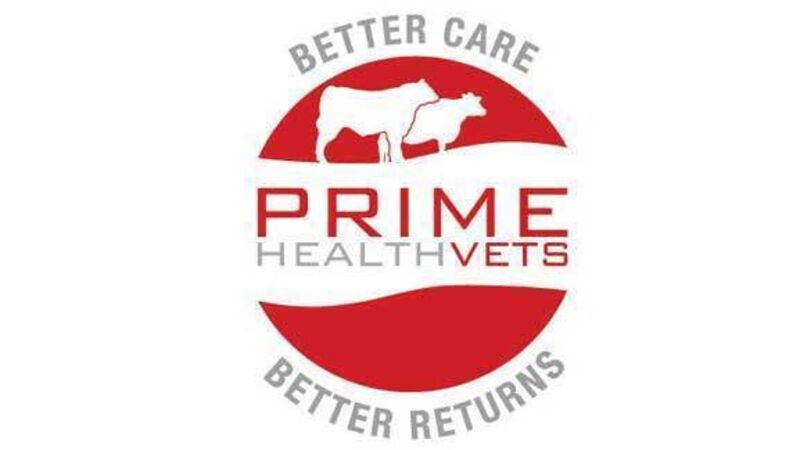Timber Tongue a disease of the past that hasn’t entirely disappeared

Sometimes I might get a call, or might be shown an animal as an incidental case, while out doing something else.
Black Friday - Save 75%
SUBSCRIBEBy Paul Redmond, MVB, MRCVS, Cert DHH, Duntahane Veterinary Clinic, Fermoy, member practice of Prime Health Vets
Sometimes I might get a call, or might be shown an animal as an incidental case, while out doing something else.
Newsletter
Keep up-to-date with all the latest developments in Farming with our weekly newsletter.
Newsletter
Keep up-to-date with all the latest developments in Farming with our weekly newsletter.
Newsletter
Sign up to the best reads of the week from irishexaminer.com selected just for you.
Newsletter
Keep up with stories of the day with our lunchtime news wrap and important breaking news alerts.
Tuesday, December 2, 2025 - 7:00 AM
Tuesday, December 2, 2025 - 9:00 AM
Monday, December 1, 2025 - 10:00 PM
© Examiner Echo Group Limited